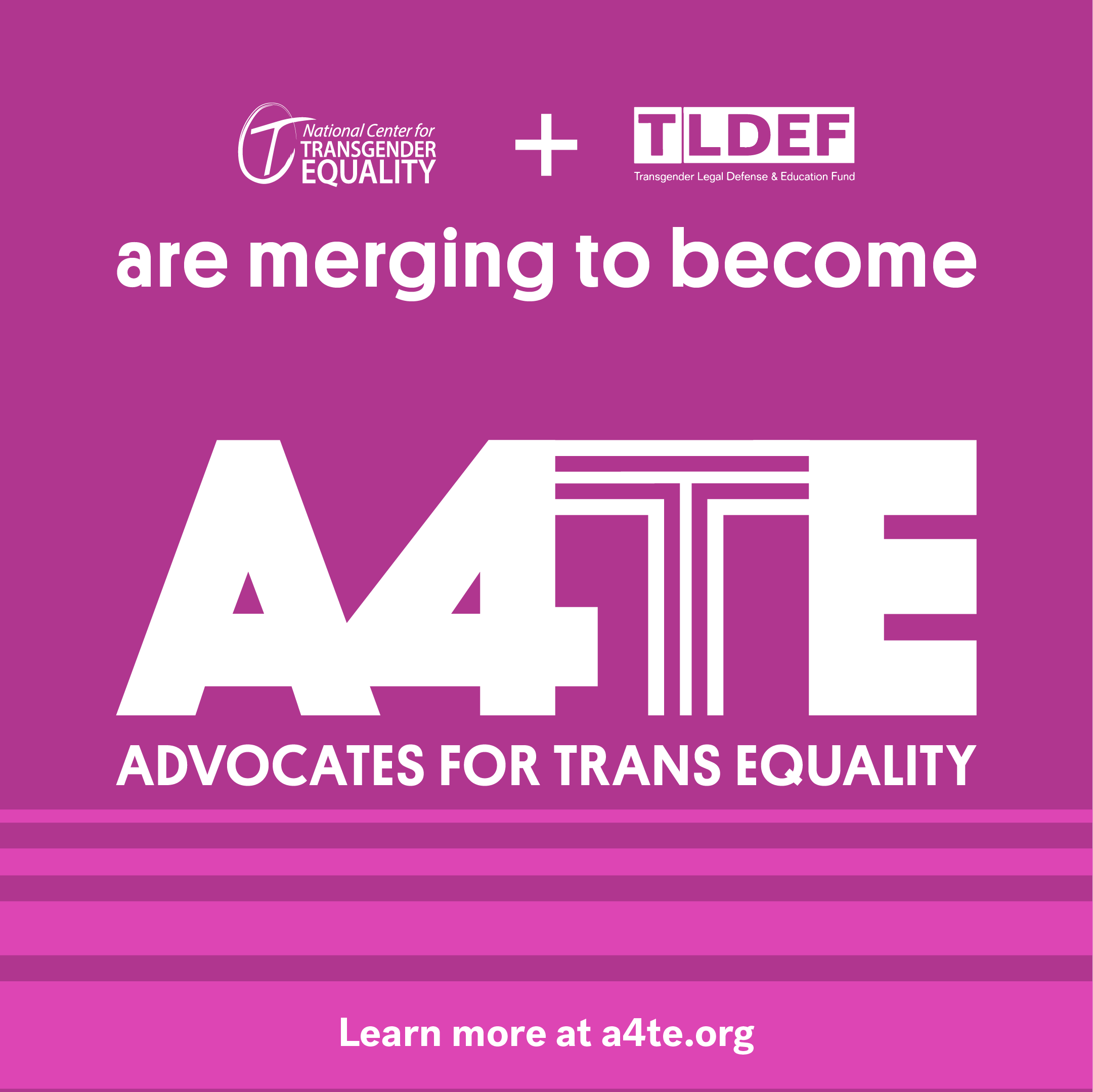Labor Dept. Strengthens Personnel Guidance, Eliminates Gender Stereotypes

The Department of Labor (DOL) today issued updated guidance for its more than 15,000 employees on equal opportunity for transgender workers at DOL.
DOL issued earlier guidance in 2013, following rulings by the Equal Employment Opportunity Commission (EEOC) and several courts that sex discriminations laws prohibit anti-trans bias. And last year, the President codified these protections in an Executive Order for all federal employees, as well as employees of federal contractors.
The earlier guidance made clear that employees should be permitted to work, dress, use workplace facilities, and go by a name and pronouns that are consistent with their gender identity. This is consistent with an EEOC ruling this month, holding that employers must permit workers access to restrooms consistent with their gender identity. This is also consistent with guidance from the Office of Personnel Management (OPM) for all federal agencies, issued in 2011.
The updated guidance provides several important clarifications. The first: “Agencies should not maintain dress codes that restrict employees' clothing or appearance on the basis of gender.” While DOL had already stated dress codes couldn’t be used to prevent an employee from transitioning, there is truly no reason for workplace dress codes to be gender-based in the first place. Gender-based policies are particularly burdensome for those whose gender expression or identity do not fit into traditional male or female boxes. If employees do their job and dress appropriately for their job, gender stereotypes shouldn’t be enforced.
The new guidance also makes clear that managers shouldn’t second guess employees about what restrooms are right for them to use, saying: “That decision should be left to the employee to determine the most appropriate and safest option for them.” The guidance also spells out a policy adopted by many employers and by a growing number of cities: “To ensure equal access, all single-stall restrooms should be accessible to all employees and have gender-neutral signage.” This approach is required in public places in the District of Columbia, Austin, and Philadelphia, and has been proposed in many other localities. Making these facilities unisex not only eliminates needless questions about who is in the “right” restroom, it also cuts down on lines and supports individuals with disabilities and parents with young children.
DOL managers are also specifically encouraged to enable employers to update their business cards, email accounts, and other workplace documents to reflect their preferred name.

